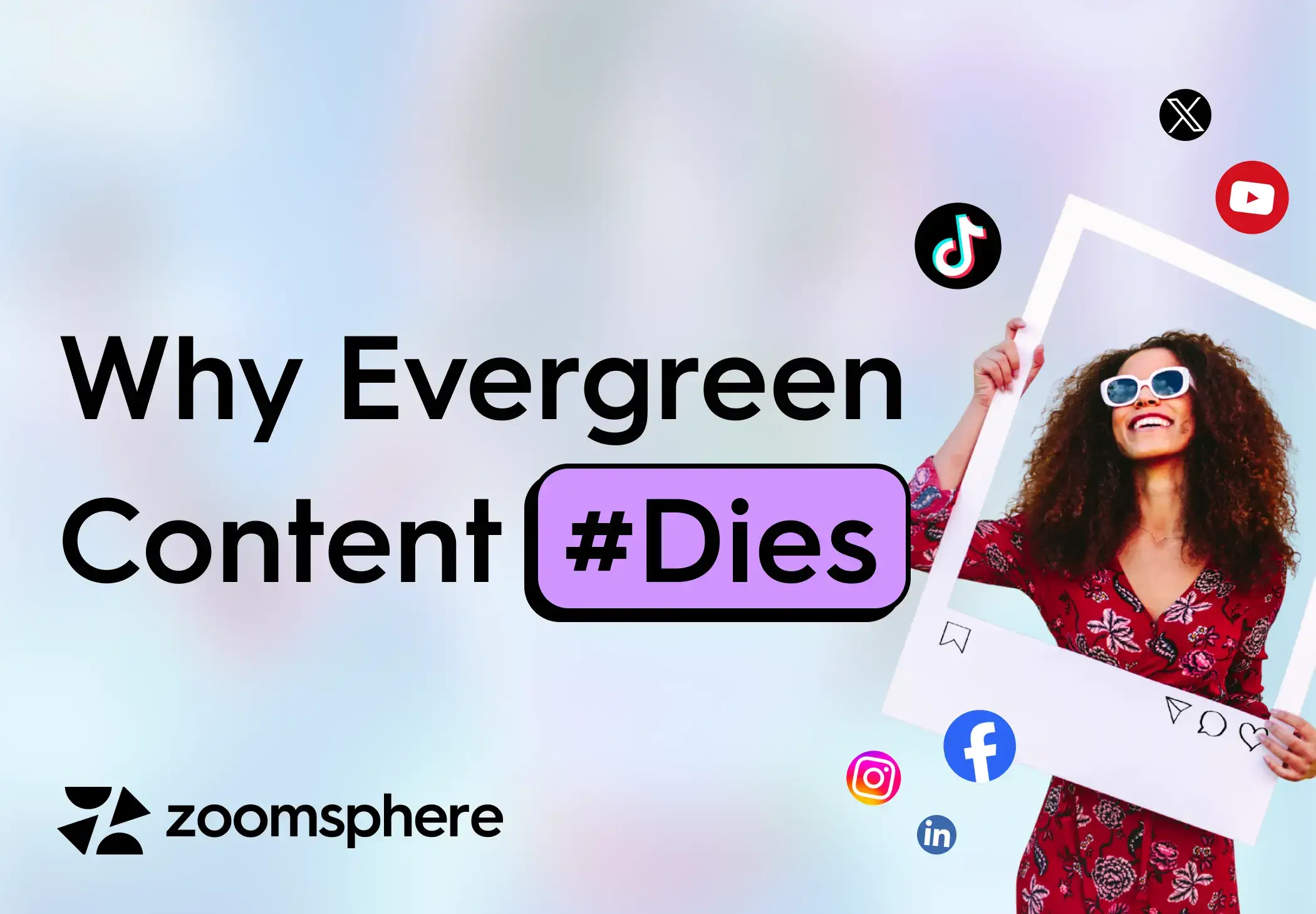Blog
Thank you! Your submission has been received!
Oops! Something went wrong while submitting the form.
No results found.
No content matched your criteria. Try searching for something else.
Don’t #miss out
Get our newsletter delivered right to your inbox! Stay up to date with our newest features, content, and more!
Thank you! Your submission has been received!
Oops! Something went wrong while submitting the form.








%20(1).webp)
%20(1).webp)

%20(1).webp)
%20(1).webp)
%20(1).webp)
%20(1).webp)
%20(1).webp)
%20(1).webp)
%20(1).webp)
%20(1).webp)
%20(1).webp)
%20(1).webp)
%20(1).webp)
%20(1).webp)
%20(1).webp)

%20(1).webp)
%20(1).webp)
%20(1).webp)
%20(1).webp)
%20(1).webp)
%20(1).webp)
.webp)
%20(1).webp)
.webp)